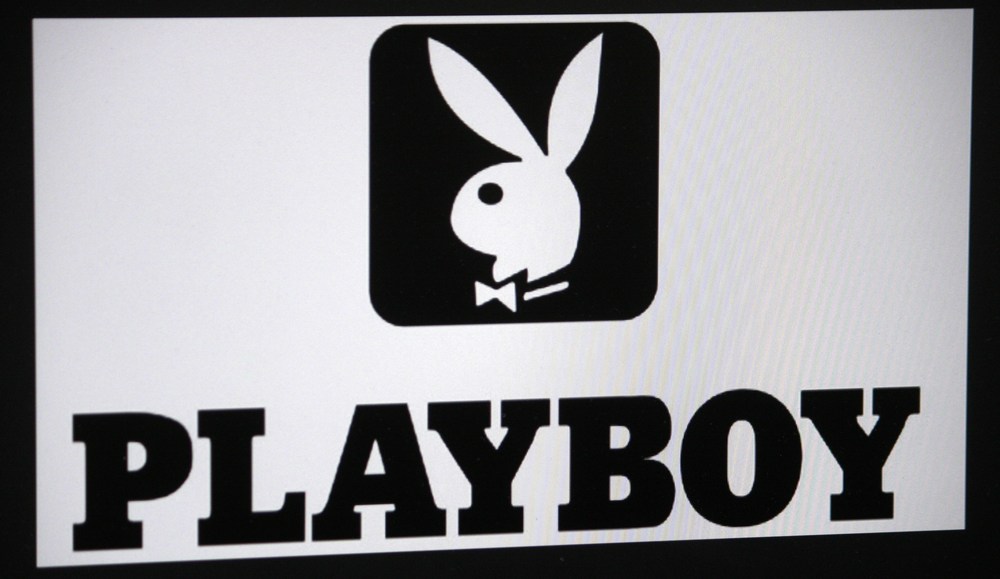
“I read Playboy for the articles” used to be an excuse for guys to pick it up at newsstands. Starting today, it’s core to the magazine’s digital strategy.
The magazine is revamping its digital presence, starting with a new safe-for-work look and editorial focus for Playboy.com. The site, centered around verticals like entertainment and nightlife, is a part of Playboy’s new digital quest to be known for lighter lifestyle content, not nudie pics. This, the company hopes, will help make people more comfortable with sharing its content on Facebook and elsewhere, boosting its overall audience.
The new approach makes sense: One of the Playboy’s biggest challenges is that publishing risqué content severely limits its addressable audience. People can’t access the content while at work and are extremely unlikely to pass it along to others even when it’s babe-free. This is the kiss of death in the age of social, where shareability is driving the vast majority of growth for today’s publishers.
“Girl content does well, but there’s a ceiling on that,” said Playboy digital content svp Cory Jones, who joined in June. “But if you’re doing really shareable fun viral things, you do even better. That content has a higher ceiling.”
Measuring Playboy’s current digital reach is difficult. Jones wouldn’t share traffic numbers and comScore doesn’t give out data on “adult sites,” according to a company spokesperson. Data from Quantcast, however, says that Playboy.com got 5.2 million uniques visitors last month, which is essentially flat year-over-year.
A look at Playboy’s new homepage gives a good sense of its direction. Taking a page from the BuzzFeed playbook, the new Playboy.com features a predictable mix of social-friendly articles (“The most American cure for your hangover yet“), viral lists (“This week’s 15 funniest tweets“) and original videos (“The Playboy bar: The ultimate cocktail garnish guide“). Jones said that the sites 25-person editorial team and freelancer pool plans to publish an average of 25 pieces of content a day, including blog posts, galleries and videos. The site also plans to publish content from the magazine.
But the smut isn’t completely gone, however. While Playboy.com features little of it on the front page, it does feature a specific “girls” vertical dedicated to non-nude risqué content. More classic nude fare can be found on Playboy Plus, Playboy’s digital subscription service.
But while Playboy’s new look will likely help its performance on Facebook (60 percent of Playboy.com’s traffic is social), it feels very different from the brand that Playboy has built over the past 60 years. Playboy used to run short stories from literary geniuses like Vladimir Nabokov and Ian Flemming; Playboy.com is running articles about summer hair care tips and ice bucket challenge fails. Playboy, in that sense, shares an identity crisis with the likes of The New Republic and Time, two other traditional magazine publishers that have gone significantly off-brand in an attempt to capture digital audiences.
Graham Nelson, svp at media agency AMP, said this is one of the many reasons why the new Playboy.com could be a tough sell, not just for buyers, but readers as well. “The young readers that they’re for are not going to think of Playboy.com as a place for the type of content Playboy is creating,” he said, agreeing that the new Playboy.com feels more like a Playboy-branded viral site than a true digital extension of the Playboy brand.
“Our clients are not interested in another Buzzfeed, or GQ or list-focused media publisher,” he added.
Playboy’s Jones conceded the point — to an extent. There will be some lag between the new Playboy.com and Web readers’ associations with the brand, he said. “It won’t be overnight.”
More in Media

Digiday+ Research: Publishers’ growing focus on video doesn’t translate to social platforms
Major publishers have made recent investments in vertical video, but that shift is not carrying over to social media platforms.

Technology x humanity: A conversation with Dayforce’s Amy Capellanti-Wolf
Capellanti-Wolf shared insight on everything from navigating AI adoption and combating burnout to rethinking talent strategies.

How The Arena Group is rewriting its commercial playbook for the zero-click era
The company is testing AI-powered content recommendation models to keep readers moving through its network of sites and, in doing so, bump up revenue per session – its core performance metric.






